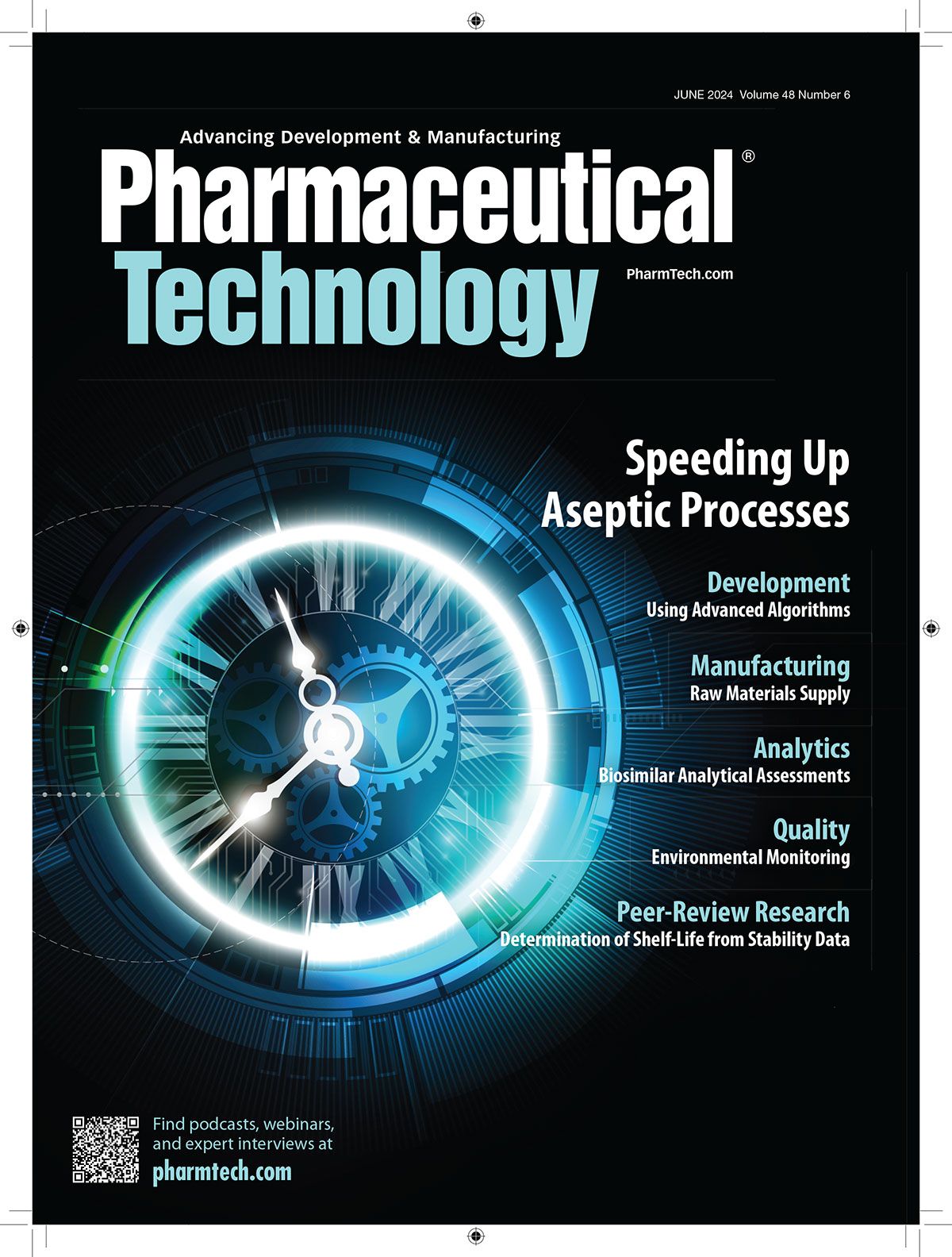Publisher's Note: Automating Processes
Improved efficiencies and reduced costs are clear advantages of automating drug manufacturing processes.
High Angle Shot of a Working Desk of an Successful Person in Office with Cityscape Window View. | Image credit: © Gorodenkoff - stock.adobe.com

Despite the bio/pharma industry’s stringent regulations and general tendency to adopt newer technologies more slowly than other industries, automated processes and robotics are increasingly commonplace in manufacturing facilities. Although initially used to improve efficiencies of repetitive tasks, automation and robotics have become more sophisticated and are now being employed for a much wider variety of tasks, such as quality control, optimizing processes, and analyzing vast quantities of data (1).
A particular benefit of automating processes and/or using robotics is the reduction of human intervention and, thereby, human error or contamination. This benefit is particularly important for aseptic processing, where particulate generation must be kept to a minimum to ensure the safety and sterility of the pharmaceutical product being manufactured.
The utility of automation to improve efficiencies in aseptic processing is examined in greater detail in this issue’s cover story, which is featured on pages 10–13 (2). “Automating processes and bringing robotics into aseptic processing, together with single-use systems, [are] helping to streamline processes, minimizing human intervention and reducing the risk of errors or contamination,” explains Aimee Hodge from PCI Pharma Services in the article (2).
In the cell and gene space, a deal between Astellas Pharma and YASKAWA Electric Corp. has been formed that will focus on the digitization of cell manufacturing through robotics (3). Under the terms of the agreement, the two companies will seek to develop a platform that will use a humanoid robot, Maholo, to link early-stage research to commercialization of cell therapies (3).
Additionally, once created, the companies would consider allowing startups and academia to use the platform, which could lead to the development of an advanced therapy ecosystem that nurtures innovation. Startups and academia are not always able to commercialize their cell therapy discoveries as a result of the significant cost and manufacturing challenges that are inherent with these complex drugs (3).
References
1. Praxie. Transforming the Industry: The Advantages of Automation in Pharmaceutical Manufacturing. Praxie.com/blog (accessed May 23, 2024).
2. Thomas, F. Streamlining Aseptic Processes through Automation. Pharm. Tech. 2024, 48 (6), 10–13
3. Astellas Pharma. Astellas Announces a Collaboration with YASKAWA to Create an Innovative Cell Therapy Ecosystem through the Integration of Pharmaceutical and Robotics Technologies. Press Release, May 21, 2024.
About the author
Mike Hennessy Jr is president and CEO of MJH Life Sciences®
Article details
Pharmaceutical Technology®
Vol. 48, No. 6
June 2024
Page: 8
Citation
When referring to this article, please cite it as Hennessy, M. Automating Processes. Pharmaceutical Technology 2024 48 (6).

Drug Solutions Podcast: A Closer Look at mRNA in Oncology and Vaccines
April 30th 2024In this episode fo the Drug Solutions Podcast, etherna’s vice-president of Technology and Innovation, Stefaan De Koker, discusses the merits and challenges of using mRNA as the foundation for therapeutics in oncology as well as for vaccines.
Entering New Domains for 3D Printing of Drug Products
April 6th 20253D printing of personalized medications is currently possible under existing compounding regulations, offering enhanced process control through automation. But new legislation coming in 2025 will allow 3D printing as part of a distributed manufacturing framework.